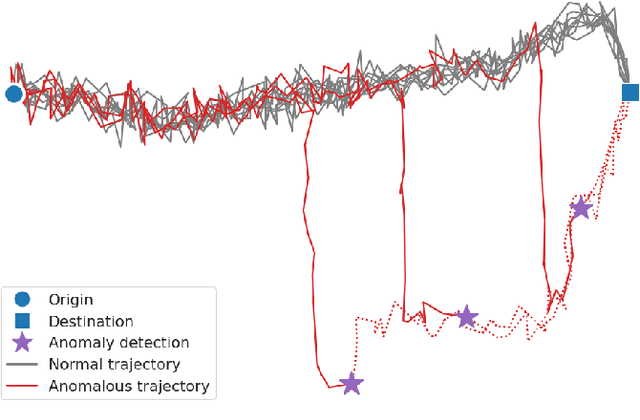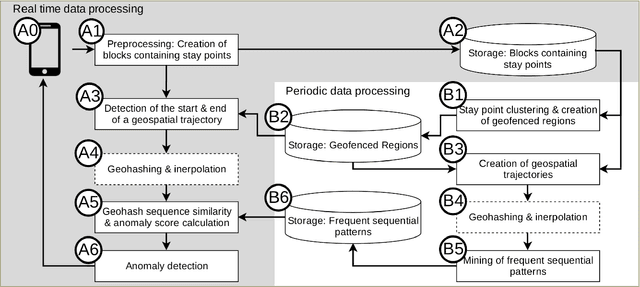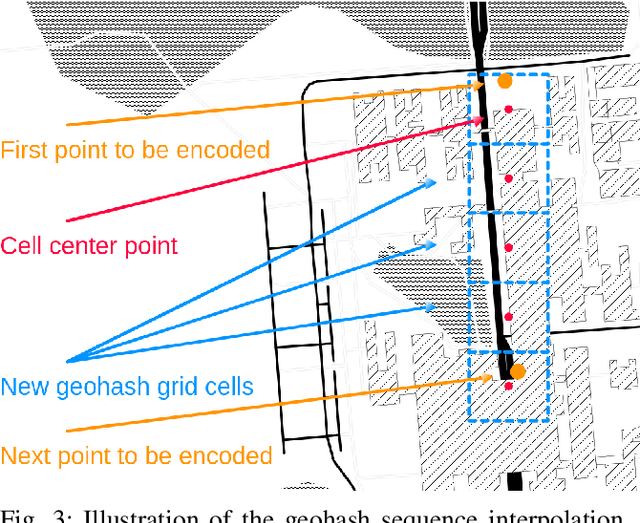Nicklas Sindlev Andersen
Dynamic Origin-Destination Matrix Estimation in Urban Traffic Networks
Jan 31, 2022



Abstract:Given the counters of vehicles that traverse the roads of a traffic network, we aim at reconstructing the travel demand that generated them expressed in terms of the number of origin-destination trips made by users. We model the problem as a bi-level optimization problem. In the inner level, given a tentative travel demand, we solve a dynamic traffic assignment problem to decide the routing of the users between their origins and destinations. In the outer level, we adjust the number of trips and their origins and destinations, aiming at minimizing the discrepancy between the consequent counters generated in the inner level and the given vehicle counts measured by sensors in the traffic network. We solve the dynamic traffic assignment problem employing a mesoscopic model implemented by the traffic simulator SUMO. Thus, the outer problem becomes an optimization problem that minimizes a black-box objective function determined by the results of the simulation, which is a costly computation. We study different approaches to the outer level problem categorized as gradient-based and derivative-free approaches. Among the gradient-based approaches, we study an assignment matrix-based approach and an assignment matrix-free approach that uses the Simultaneous Perturbation Stochastic Approximation (SPSA) algorithm. Among the derivative-free approaches, we study machine learning algorithms to learn a model of the simulator that can then be used as a surrogated objective function in the optimization problem. We compare these approaches computationally on an artificial network. The gradient-based approaches perform the best in terms of archived solution quality and computational requirements, while the results obtained by the machine learning approach are currently less satisfactory but provide an interesting avenue of future research.
Detecting Wandering Behavior of People with Dementia
Oct 25, 2021



Abstract:Wandering is a problematic behavior in people with dementia that can lead to dangerous situations. To alleviate this problem we design an approach for the real-time automatic detection of wandering leading to getting lost. The approach relies on GPS data to determine frequent locations between which movement occurs and a step that transforms GPS data into geohash sequences. Those can be used to find frequent and normal movement patterns in historical data to then be able to determine whether a new on-going sequence is anomalous. We conduct experiments on synthetic data to test the ability of the approach to find frequent locations and to compare it against an alternative, state-of-the-art approach. Our approach is able to identify frequent locations and to obtain good performance (up to AUC = 0.99 for certain parameter settings) outperforming the state-of-the-art approach.
 Add to Chrome
Add to Chrome Add to Firefox
Add to Firefox Add to Edge
Add to Edge